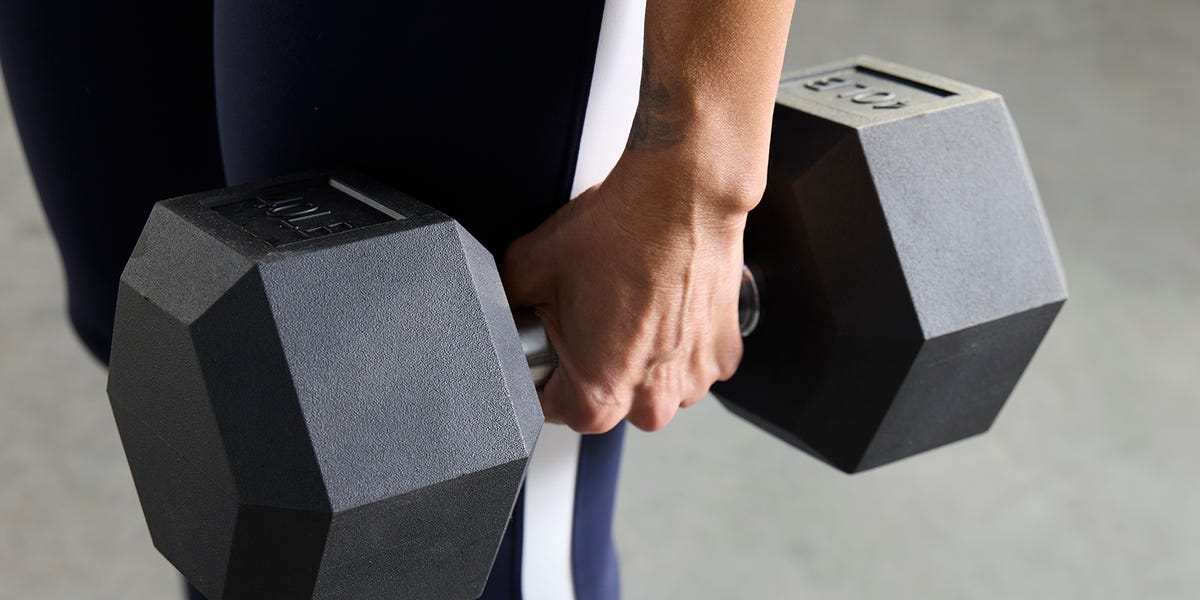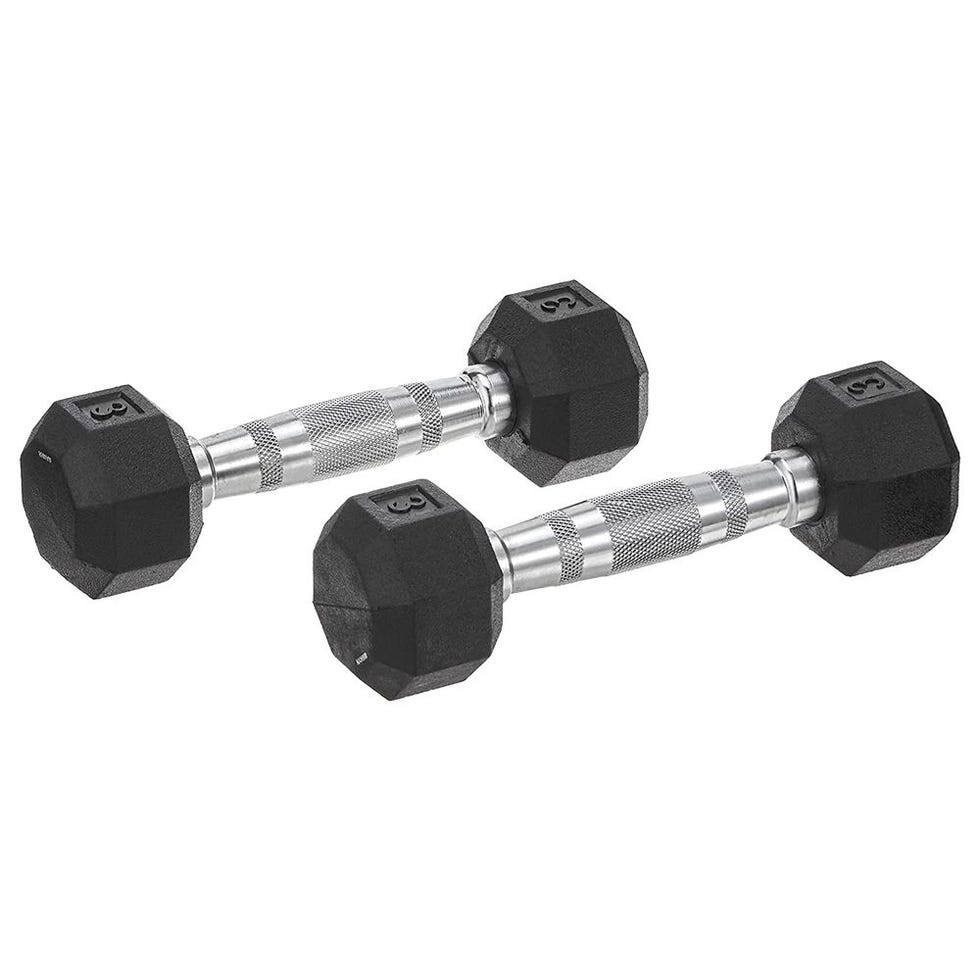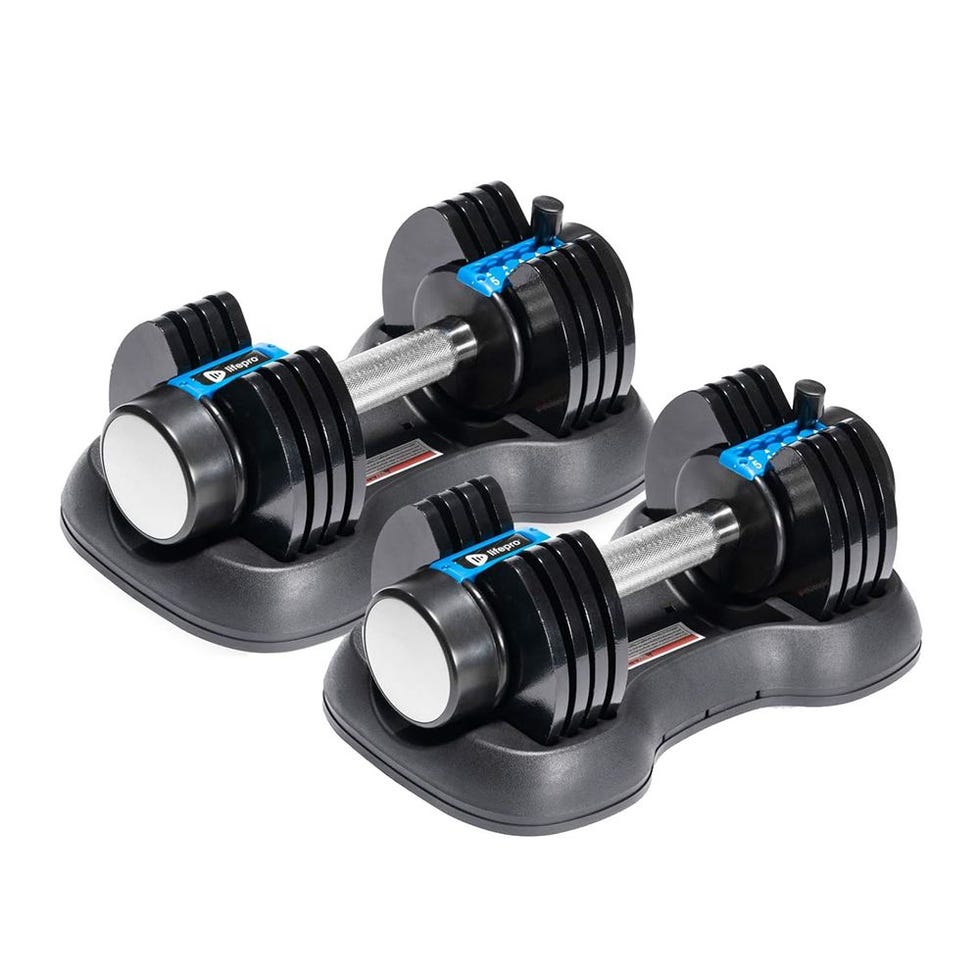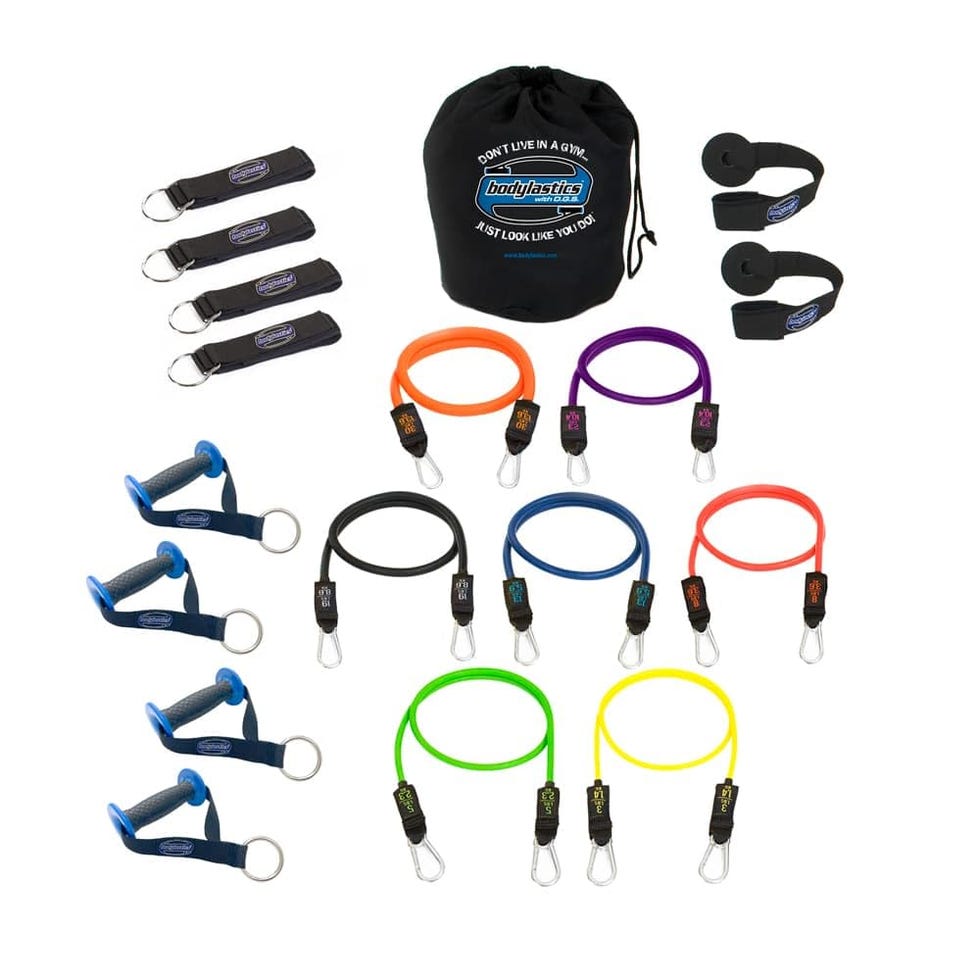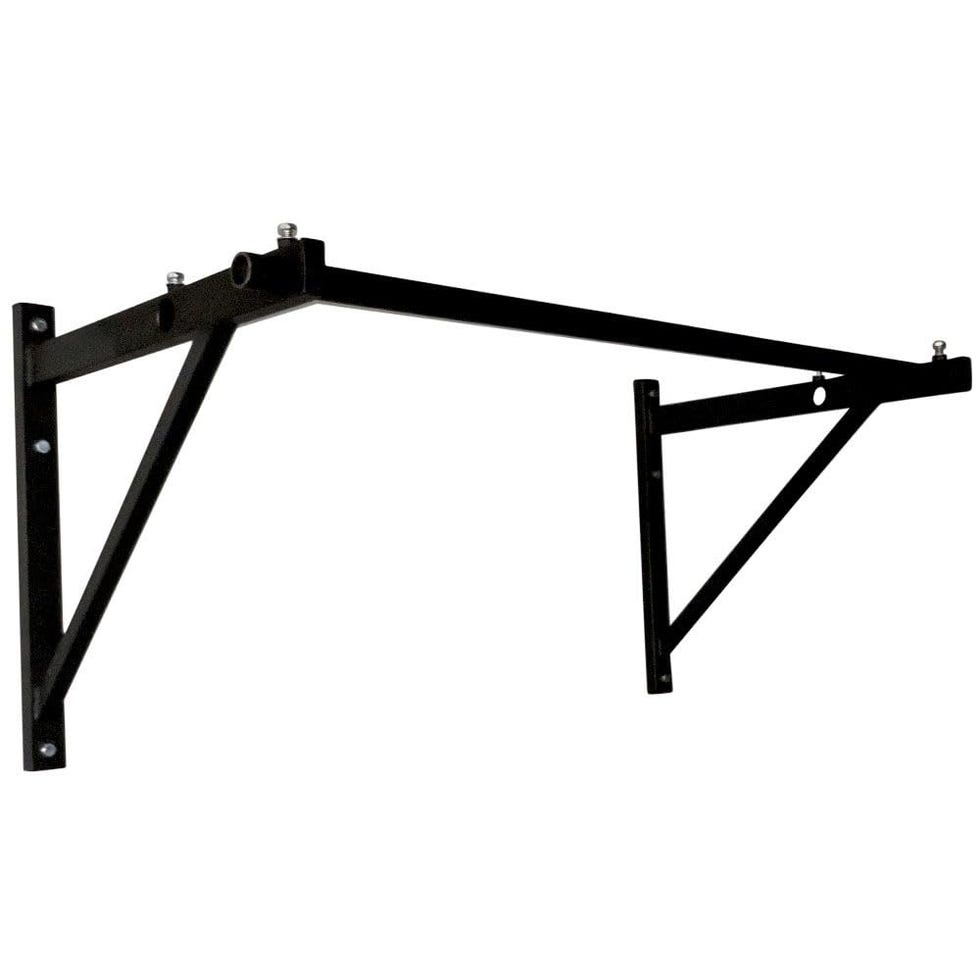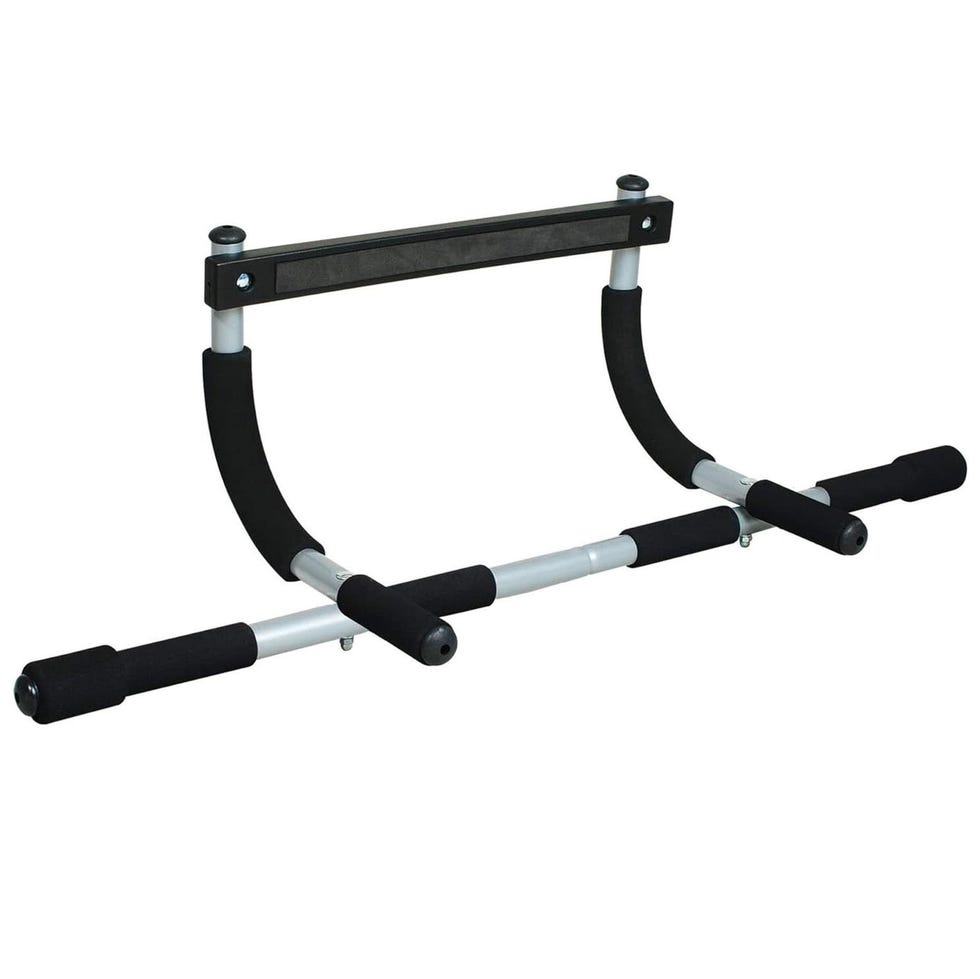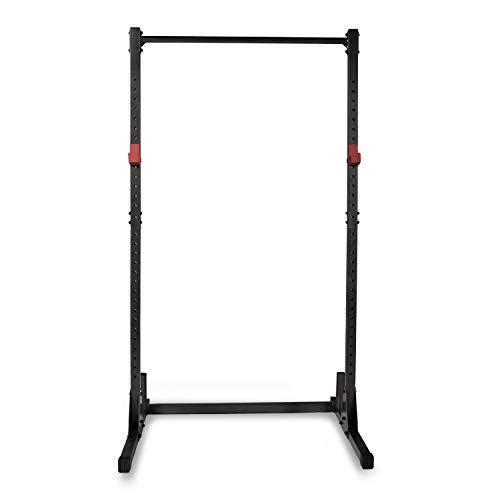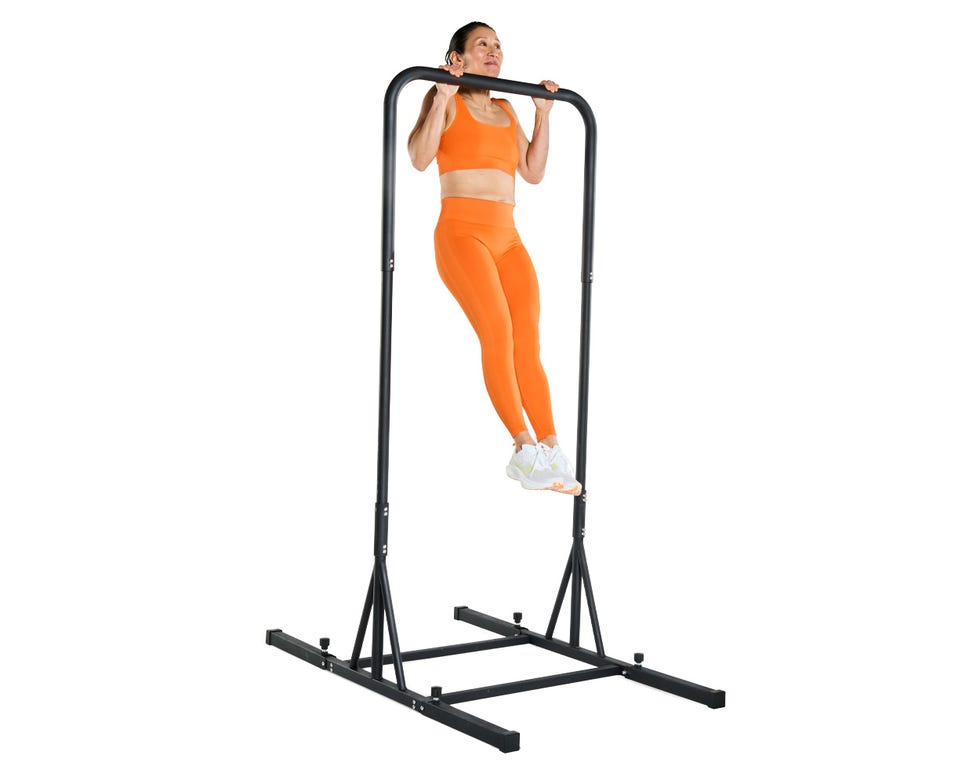That ability to hold onto a bar or carry that *really* heavy suitcase? It’s not just a flex—it actually might be one of the simplest clues to how well you’re aging. Grip strength—the ability of your hands and forearms to grasp, hold, and carry—is emerging as a quiet, yet incredibly meaningful, predictor of longevity. The skill is linked to everything from bone health to your chances of falling, as well as how well you sleep, whether you’re depressed, and even how long you might live, according to a review in Clinical Interventions in Aging. Wild, right?
It’s sort of like a window into your body’s overall strength and function, Heather Milton, exercise physiologist at the NYU Langone Sports Performance Center, previously told WH. Plus, it’s easy to measure on your own (more on how to do just that in a sec).
Ready to level up your grip strength—and upper-body power? Check out the WH+ Ultimate Pull-Up Plan, a six-week strength training program that helps you build serious grip strength, one hang, row, and pull-up at a time.
So, what’s the connection?
Grip strength is considered a proxy measure of overall muscle health—and muscle mass plays a critical role in everything from blood sugar regulation and cardiovascular health to mobility, balance, and even brain function. That’s why researchers increasingly see grip strength as a powerful “biomarker” of how well your body is aging.
Stronger grip strength is associated with better outcomes in a wide range of areas, including bone mineral density, cognitive function, mood, and even sleep quality, according to the study referenced earlier. The same study also linked grip strength to lower risks of developing chronic conditions like diabetes and heart disease, and a reduced chance of hospitalization or long-term disability.
“We’ve known for a long time that maintaining muscle throughout life helps people stay healthier longer,” Milton said. “It’s really a quick way of measuring something that really represents your whole body’s muscular health.”
In other words, it’s not just about your hands—your grip is a reflection of how resilient and functional your body is overall. And because the muscles involved are relatively small, they tend to fatigue first, making grip a limiting factor in bigger strength movements. That’s part of what makes it such a useful signal: if your grip is struggling, there may be other strength deficits to pay attention to.
Here’s why it matters.
“We lose muscle and strength with each decade after 40, but grip strength is an easy way to measure and track it,” Joanne Donoghue, PhD, director of clinical research, professor, and exercise physiologist at New York Institute of Technology medical school, previously told WH. In fact, handgrip strength testing using a tool called a dynamometer is commonly used in clinical settings because it’s such a strong indicator of lean mass and physical function.
What’s more, grip is often the limiting factor in strength-based moves. “If you want to deadlift heavy, but you can’t hold on to the bar, you won’t be able to pick it up,” Tina Tang, CPT, personal trainer, strength coach, and founder of Iron Strong Fitness, previously told WH in an episode of the new WH vodcast series, Strong Science. “Same with pull-ups—being able to hang from the bar and hold your body weight is the first test,” Tang said.
“Training grip strength not only helps improve your ability to lift and carry, but also supports progress in other exercises that require a solid grip—like pull-ups or rows,” Milton said. And the payoff isn’t just in the gym. Keeping your grip strong could help you stay active, capable, and independent as you age.
Try This: The Hanging Grip Strength Test
You don’t need fancy equipment to test your grip strength. A simple and revealing DIY option: See how long you can hang from a pull-up bar with control. Here’s how to do it:
- Start with a dead hang, letting your arms extend fully while keeping your shoulders engaged (think: pulled slightly down and back). Can you hold on for 10, 20, or even 30 seconds?
- Advanced variation: Try a flexed-arm hang, where you hold your chin above the bar for as long as you can. (see image below)
These kind of tests mimic real-life demands on your grip—like carrying groceries, picking up kids, or catching yourself in a fall. It also activates the same small but mighty forearm muscles that tend to fatigue first in pulling movements. And they’re seriously tough, so don’t feel bad if you need some practice to even reach a five second hold.
Want to build your grip strength?
In addition to dead hangs and flexed-arm holds, try:
Farmer’s Carry
How to:
- Stand with feet hip-width and weights at outside of ankles. Hinge hips back and bend knees, keeping back flat.
- Engage core before reaching down to grab weights (again, the version above shows a variation where you’re only using one weight, but if you’re just starting out, you’ll probably want to use two).
- After gripping weights, begin to stand tall by driving heels into floor, maintaining a tight form. Once in full standing position, tighten armpits and pull shoulders back to activate muscles.
- Finally, begin to take small steps forward, maintaining a strong grip and form. (If you’re returning in opposite direction, set the weights down, turn around, and then grab the weights again)
Resistance Band Pull-Apart
How to:
- Start standing with feet shoulder-width apart.
- Hold a resistance band taut between both hands and extend arms straight in front of the body in line with shoulders and palms facing floor.
- Engage core and pull fists outwards past shoulders. Slowly return to start. That’s 1 rep.
Deadlift
How to:
- Stand with your feet shoulder-distance apart, with a barbell, dumbbells, or kettlebell positioned in front of you.
- Hinge at your hips and lower down, with a slight bend in your knees, until you’re far enough down to grab the bar (you can choose an overhand grip, underhand grip, or mixed grip). Keep your spine neutral by looking forward, not up.
- While grasping the bar, keep your shoulders back, then squeeze your glutes and your core as you stand up straight, tuck your pelvis, and lift the barbell.
- Pause for a moment at the top, then slowly lower back down to the ground. That’s 1 rep.
Meet the experts: Heather Milton, CSCS, is an exercise physiologist at the NYU Langone Sports Performance Center. Joanne Donoghue, PhD, is a director of clinical research, professor, and exercise physiologist at New York Institute of Technology medical school. Tina Tang, CPT, is a personal trainer, strength coach, and founder of Iron Strong Fitness.
Talene Appleton is the fitness editor at Women’s Health, where she nerds out over all things fitness, nutrition, and wellness. She was previously the fitness and commerce editor at Men’s Health, where she tested and reported on the newest, buzziest fitness and wellness products to hit the market. As a NASM-certified personal trainer and Precision Nutrition-certified nutrition coach, she is passionate about supporting women at the intersections of fitness, food, and community. Talene was on the George Washington University college dance team (shout out First Ladies) before moving on to become an NBA dancer for the Washington Wizards—you can still catch her at dance classes across New York and LA in her free time. Before entering journalism full-time, Talene was a private chef for four years and still enjoys cooking for and hosting friends and family regularly.
Read the full article here


